My Role: Product / Experience Designer
Project: More than 25 million Americans are affected by a treatable disease. That number will almost double by 2022. As it stands, more than 16 million people do not know how to use the device that can save their lives. We were tasked with finding a way to fix the problem of a $25 billion industry. Successfully re-Design the traditional inhaler.
The Challenge
The metered-dose inhaler is the most common inhaler prescribed at the onset of asthma. When the device does not appear to work, doctors often will increase dosage amounts or will move the patient onto another drug. Recent research has shown that up to $16 billion worth of asthma medications is wasted because of misuse. We know that if our product is more patient-friendly (easier to use and more effective in delivering doses), doctors will be more likely to prescribe our product again, and patients will be more likely to advocate its future use. Meadwestvaco has the opportunity to cement its market share in the asthma-medication delivery industry with the application of key insights to research and development in the market.
Discovery and Insights
The standard metered-dose inhaler design has not changed for more than 50 years. We found that though it is the second most commonly prescribed medication on the planet, 67% of patients do not properly adhere to its use. We spoke with asthma patients of a variety of ages, as well as with medical-respiratory intensive-care unit specialists and pharmacy personnel, and we read medical journals to determine the underlying causes of patient non-adherence. Our team found common problems and needs throughout our stakeholders. These three objectives helped define our design decisions throughout our prototyping phase.
CoordinationPatients need to overcome timing-coordination difficulties in inhaler actuation and dose inhalation.
ConsistencyPatients need help creating a habit of medication use in order to improve patient adherence.
ComfortPatients need and want a dependable device that they can trust.
Our Design Core Criteria broke down these primary objectives a little further and are ranked here highest to lowest: (5) Device Intuitiveness: Can the patient use the inhaler without guidance correctly? (4) Coordination/Patient Control: How many steps are involved? Can the patient use the device in non-ideal conditions? (4) Ergonomics/Portability: Does the device feel comfortable in the patient’s hand? Would they feel comfortable carrying it in a pocket or while being physically active? (3) Visual Dose Counter: Can the patient monitor the amount of medicine they have left without hoarding doses?













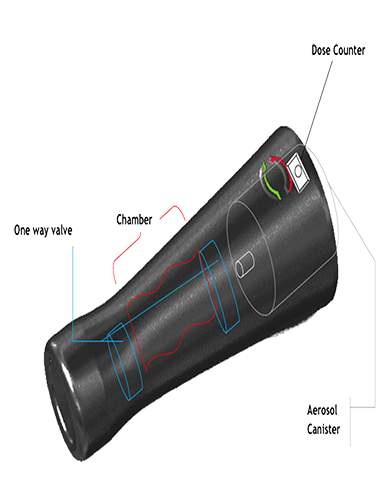
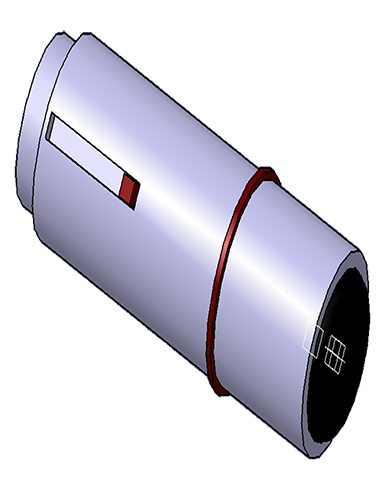
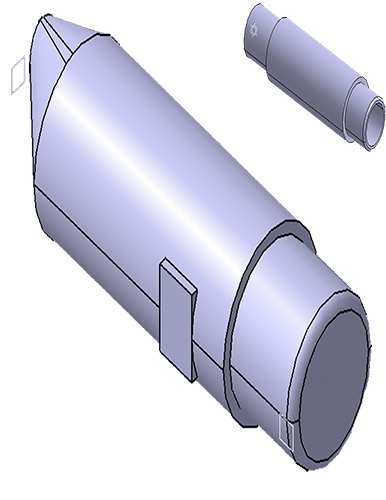
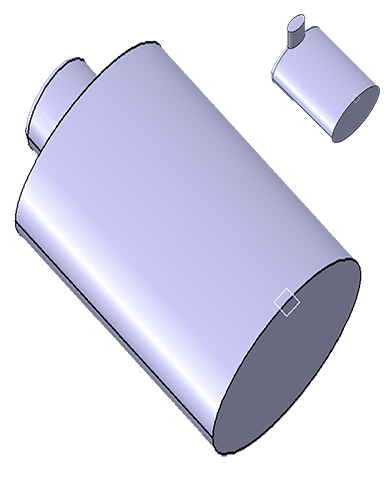
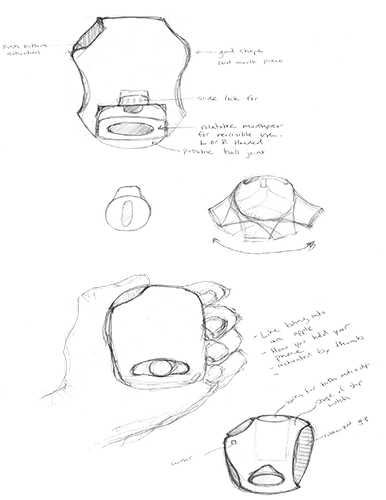
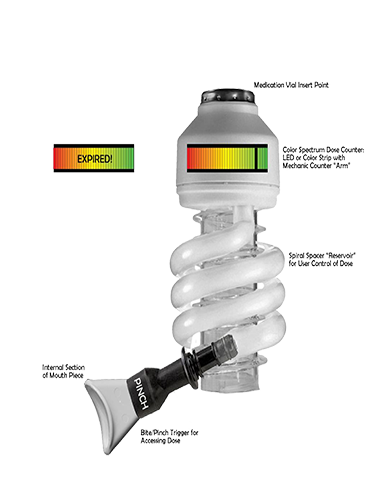
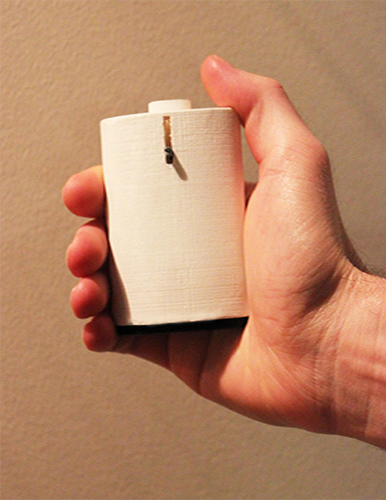 Prime the inhaler by shaking it a few times.
Prime the inhaler by shaking it a few times.
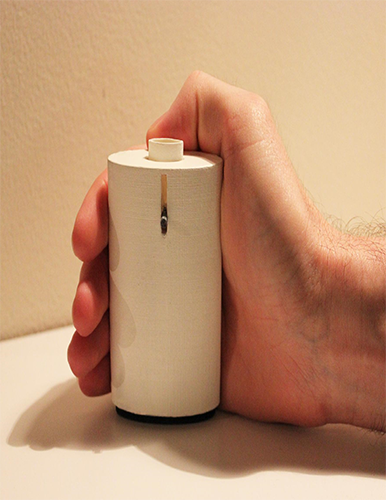 Depress the inhaler against any surface to ready the dose.
Depress the inhaler against any surface to ready the dose.
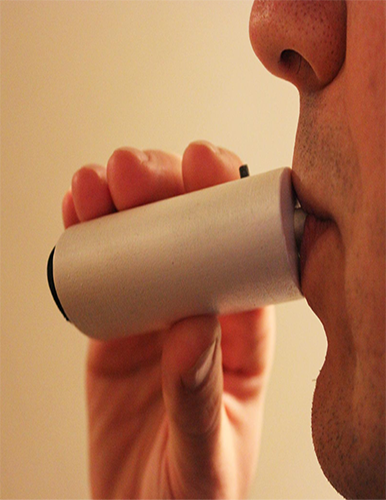 Inhalation triggers one way valve to release dose.
Inhalation triggers one way valve to release dose.